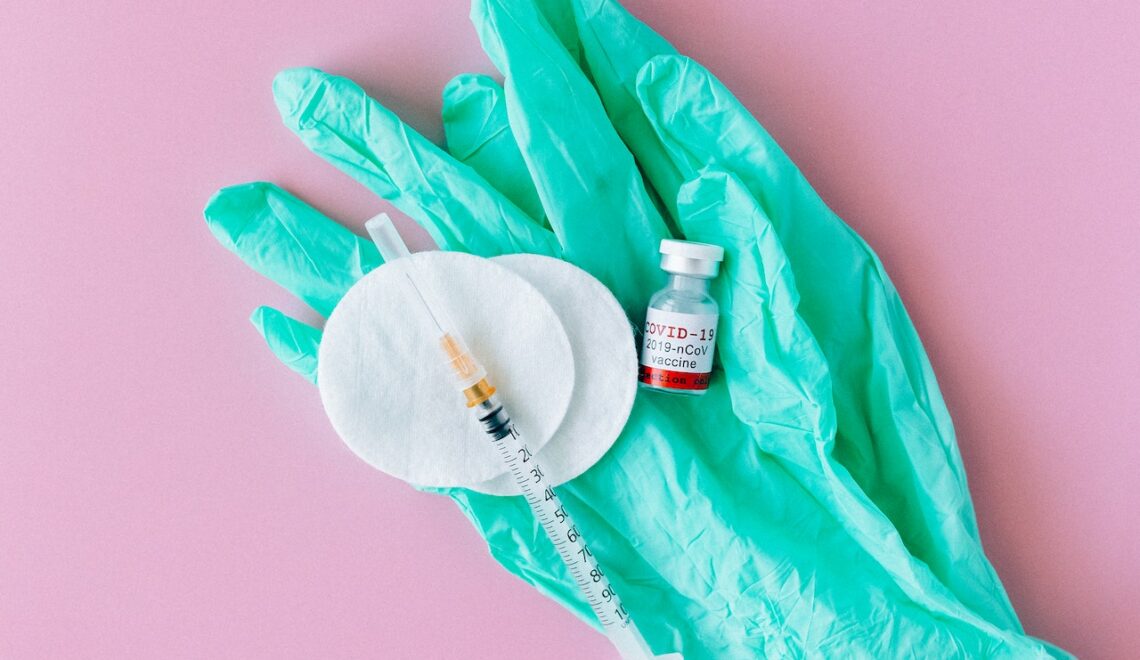
When selecting a plastic injection molding partner most suited for your industry, distinctive goods, and production needs, there are many aspects to consider because the manufacturing process might be intricate.
First and foremost, learning the fundamentals of the plastic molding procedure is the ideal place to start. In its most basic form, the process involves using polymers or plastic resins, which, when heated, melted, and injected under high pressure into a specific mold, will result in plastic parts that may be used in producing goods. Even though the procedure appears simple, many plastic injection mould manufacturers want an injection molding partner who can create highly complicated parts while meeting their particular industrial needs, specs, end uses, and time and budgetary restraints.
The following are the main aspects that any product maker should take into account when selecting a plastic injection molder:
1. Specialization & Capacity In Volume
Choosing the finest injection molder for your part can seem overwhelming, with more than 16,000 available. Starting by limiting your selections depending on your volume and size needs is the best course of action. Low to moderate volume molders focus on producing parts in quantities under 10,000. If you need to quickly create a prototype to test a part, choosing a low to medium-volume molder can be the best option.
Additionally, low to moderate volume molders are ideal for applications that don’t need millions of components (like bridge tooling) or medical devices, aircraft, agriculture, and more.
High-volume molders specialize in projects requiring more than 750,000 parts, and they frequently create components using tiny molds.
2. Adherence To Specifications
Compromise places product manufacturers in a difficult position. Whatever the specifics, there is probably a business that can create your part without compromising the specifications. Based on the requirements you have, injection molder partners ought to be able to offer solid solutions without making huge concessions.
Recommendations should be based on the experience, skill, and familiarity with the current technology of the injection molder. Minor design modifications, alternate resin recommendations, and other time- and money-saving techniques can all be included in specification updates.
3. Enhanced Technology & Services
Not all injection molders provide additional services or the equipment required to assist in designing parts for the medical device component manufacturer. You may cut costs and shorten the time it takes to get your product to market by working with a molder who provides prototyping, part design services, quick response manufacturing, in-depth mold flow analysis, and more, in addition to their standard service offerings.
It’s vital to remember that early in the development cycle, more specifically during the design phase, the most incredible efficiency in overall project time and money occurs. It is crucial to select an injection molder that can be involved early in the design process, comprehend your goals, and foresee manufacturing challenges before they arise.
Source: Pexels
4. Efficiency & Quality
Your injection molder partner should be reputable and dedicated to providing the greatest service and adhering to your standards. To choose an injection molder that best meets the requirements of your business, you and your team will need to know the answers to the following questions.
- Do they possess well-functioning, high-end teflon or PTFE rod?
- Have they received accolades for their performance or been acknowledged as a manufacturer of prestige in the industry?
- Do they put much effort into eliminating dysfunctional variability, such as rework-causing organizational problems?
- Do they have an effective method for maintaining mold?
- Is the best possible degree of efficiency and communication maintained throughout each part design and development stage using project management software?
- Must your parts pass stringent tests or adhere to strict safety and quality requirements?
- Does your injection molder have an ISO certification?
5. Use Of The Product
Every stage of the design, development, and production process should keep the intended usage of your part or product application in mind. Plastics are a fantastic material with a wide range of uses. While there are some situations where plastics cannot offer the necessary tensile stress or strength, there are many others in which metal parts can actually be converted to plastic to reduce weight and expense. To provide the best suggestions for a part’s design, material, and manufacturing methods, injection molders should consider the part’s intended function.
6. Time
It can take 4 to 12 weeks to build a mold for a plastic injection molded object. All participants in the process should consider design modifications, part complexity, communication between designers, engineers, and other participants, and unanticipated occurrences like shipment delays, etc. To assess their capacity and ensure you receive the final production components on time, it is usually advisable to express your time restrictions with an injection molder partner as early as feasible.
Bottom Line
If you’re like most product makers, you have distinct requirements. You must engage with an injection molder who knows your needs and obstacles if you want your part to be successful. You may choose a plastic injection molding part manufacturer more quickly if you consider these crucial factors.
